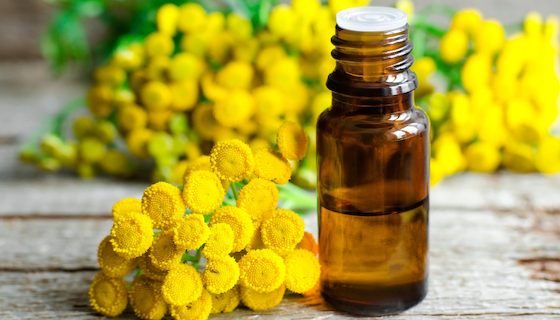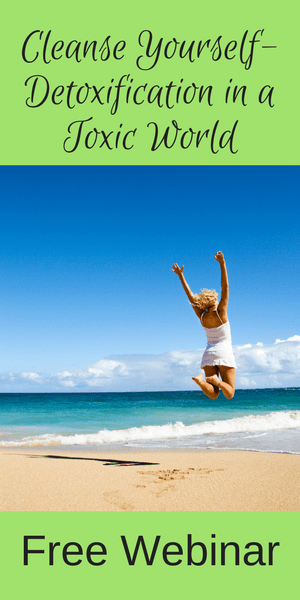4 things to ditch NOW.
High Fructose Corn Syrup: This is my #1 on the gross-o-meter. If there was just one thing on my list, this would be it. For anyone trying to get healthy, lose weight or feel good….this is a MUST DITCH. Other places to find HFCS: ketchup, sauces, salad dressings, bread, baked beans, processed snacks, packages fruits and vegetables.
The dangers of HFCS are real and documented and some are touting it as more dangerous than cigarettes to your health. It contributes to fat deposits in your liver and buildup of lipoproteins and it contributes in plaque buildup and narrowing of the arteries. Diabetes, high blood pressure, obesity, tooth decay, heart disease, mood swings, LDL cholesterol and immune system damage are some of the effects of HFCS. ‘Some high-fructose corn syrup also contains mercury as a by-product of the manufacturing process. Many liquid calories, such as sodas, juices, and “sports” drinks, contain this metabolic poison. It always signals low quality or processed food.’ (Dr. Hyman.com; 10 Rules to Eat Safely). 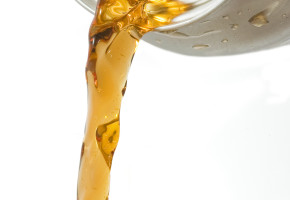
Partially Hydrogenated Oils (Trans Fat): Trans fat is double trouble for your heart health. Trans fat raises your “bad” (LDL) cholesterol and lowers your “good” (HDL) cholesterol. When I was a teenager, I used to work in a movie theater which was an eye opening experience. As it turns out, the ‘butter’ that they put on the popcorn is not butter….it was hydrogenated soybean oil which came in a big round metal barrel that the theater hid in the back storage room. It was somebody’s job to go back and dip a big pitcher into the barrel and fill up the ‘butter’ dispenser in front so that they can pour more on your popcorn that is already ‘freshly’ popped in it. Did you wonder how the popcorn is that weird yellow color even if you don’t order it buttered? Interestingly, I also discovered that the leftover popped popcorn at the end of the day was sacked up and RE– — USED the next day as it was mixed with fresh popcorn so as not to waste any. Bleh.
What is trans fat? Trans fat is made by adding hydrogen to vegetable oil through a process called hydrogenation, which makes the oil less likely to spoil. Using trans fats in the manufacturing of foods helps foods stay fresh longer, have a longer shelf life and have a less greasy feel. Scientists aren’t sure exactly why, but the addition of hydrogen to oil increases your cholesterol more than do other types of fats. It’s thought that adding hydrogen to oil makes the oil more difficult to digest, and your body recognizes trans fats as saturated fats.
Commercial goods such as crackers, cookies, cakes, doughnuts and French fries may contain trans fats. Shortenings and some margarine can be high in trans fat. (Mayo Clinic; High Cholesterol).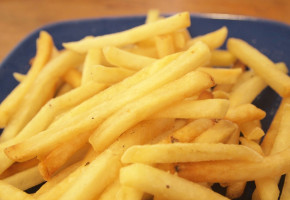
Completely unnatural man-made fats created through the partial hydrogenation process cause dysfunction and chaos in your body on a cellular level, and studies have linked trans-fats to health problems ranging from obesity and diabetes to reproductive problems and heart disease. (Dr. Mercola. Soybean Oil: One of the most harmful ingredients in processed food).
Artificial dyes:
Food coloring consists of chemicals used to add color to food. Food coloring (dye) is often added to processed foods, drinks, and condiments. They are used to maintain or improve the appearance of the food.
Some food colorings are synthetically produced. Examples of these color additives include FD&C Blue Nos. 1 and 2 and FD&C Green No. 3. Other food colorings come from pigments of vegetables, minerals, or animals. Examples of these natural additives include beta-carotene, grape skin extract, caramel color, and saffron (WebMD Medical Reference).
Artificial coloring is a serious problem in fast food and fake food. A recent petition by the Center for Science in the Public Interest, a consumer advocacy group, has called for a ban on the use of artificial dyes in food. The group has targeted its petition at the U.S. Food and Drug Administration, seeking the phasing out of eight artificial food dyes linked to serious health risks.
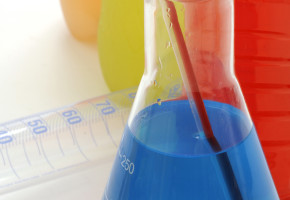 Blue dye number 1 and 2 are linked with cancer in animal tests, while red dye number 3 causes thyroid tumors in rats. Green dye number 3 is linked to bladder cancer, and yellow dye number 6 is linked to tumors of the kidneys and adrenal glands. While these colors are readily used in most processed, prepared and packaged foods, what bothers me the most is that they are commonplace in the diets of children.
Blue dye number 1 and 2 are linked with cancer in animal tests, while red dye number 3 causes thyroid tumors in rats. Green dye number 3 is linked to bladder cancer, and yellow dye number 6 is linked to tumors of the kidneys and adrenal glands. While these colors are readily used in most processed, prepared and packaged foods, what bothers me the most is that they are commonplace in the diets of children.
Most candy, cakes, cupcakes, baked goods, maraschino cherries, fruit cocktail, gelatin desserts, and soft drinks contain these harmful substances, which serve no other purpose than to make so-called food look “pretty” and attract children whose bodies are particularly sensitive to them during the developmental years.
Synthetic food colors have been suspected of triggering behavioral problems in children since the 1970s, and a growing list of new studies show that synthetic dyes cause hyperactivity in sensitive and non-sensitive children.
A 2007 study commissioned by the British Food Standards Agency that linked a mix of food dyes, with increased levels of hyperactivity, attention deficit hyperactivity disorder and lower IQs in typical/ordinary children (Food Matters, The Dark Side of Food Colors).
Artificial Sweeteners:
Artificial sweeteners are considered nonnutritive sweeteners because they provide no calories when consumed. There are many forms of artificial sweeteners, including S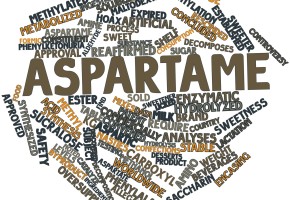 plenda (sucralose), Sweet’N Low (saccharin), Equal and Nutrasweet (aspartame), acesulfame K and neotame.
plenda (sucralose), Sweet’N Low (saccharin), Equal and Nutrasweet (aspartame), acesulfame K and neotame.
A fact no one can dispute is that the controversial sweeteners are made from chemicals, some of which are known to be not only harmful, but truly toxic. Whether artificial sweeteners are dangerous for you may come down to how well-defended your own body is against the chemicals they contain. Here are some studies of side effects of artificial sweeteners:
Drinking one or more artificially sweetened carbonated diet drinks a day may be linked to an increased risk of premature birth, according to national study conducted by the Centre for Fetal Programming in the Division of Epidemiology at Statens Serum Institute in Copenhagen, Denmark. The study examined the soft drink consumption of close to 60,000 Danish women. The study, published in the September 2010 issue of the American Journal of Clinical Nutrition, concluded that those women who regularly drank artificially sweetened carbonated diet drinks were 78 percent more likely to have an early delivery than women who never drank the beverages. Women who consumed one or more of the diet drinks were 38 percent more likely to deliver early. Shelley McGuire, Ph.D., a National Spokeswoman for the American Society of Nutrition, says these findings “May be really important in terms of preventing premature births.” (Livestrong.com; Premature Infant).
Rather than help with weight loss, artificially sweetened diet drinks may cause weight gain, according to a literature review by Qing Yang from the Department of Molecular, Cellular and Developmental Biology at Yale University. The results, published in the June 2010 issue of the Yale Journal of Biology and Medicine, found that aspartame, acesulfame potassium and saccharin all heightened the motivation to eat more. Additionally, a sweet taste, from artificial or natural sweeteners, was found to enhance the human appetite. One theory is that artificial sweeteners, such as those in diet drinks, fail to activate the food reward pathways of the brain in the same satisfying way as natural sweeteners.
Daily drinkers of diet soda are 36 percent more likely to develop metabolic syndrome and had an elevated risk of 67 percent for type 2 diabetes in comparison to those who don’t drink it, according to a study authored by Jennifer A. Nettleton of the Division of Epidemiology at the University of Texas Health Sciences Center. Metabolic syndrome is a group of health conditions that put you at higher risk for diabetes, stroke and heart disease. Symptoms include a “spare tire” around the abdomen and a pro-inflammatory state. The results, reported in the April 2009 issue of the medical journal Diabetes Care, also found the daily consumption of diet soda significantly increased the risk of developing a large waist circumference. (Livestrong.com; Characteristics of Metabolic Syndrome).
Stay tuned in to Groovy Beets to stay posted on what not to eat to feel your grooviest ever!
Board Certified Holistic Health Practitioner and Food Toxin Specialist
Copyright 2013 Groovy Beets.
 Login
Login





